Leading Stem Cell Clinics: Mexico

Stem cell therapy is a rapidly evolving field, and Mexico has become a popular destination for those seeking these treatments due to its accessibility and often more affordable options compared to other countries. While it's challenging to definitively name the single best stem cell clinic in Mexico, several institutions are highly regarded for their expertise, facilities, and patient care. The "best" clinic can also depend on the specific condition being treated and individual patient needs.
This blog post aims to provide a comprehensive overview of leading stem cell clinics in Mexico, what to consider when choosing one, and answers to common questions about stem cell therapy.
What are some of the most reputable stem cell clinics in Mexico?
"Some of the most reputable stem cell clinics in Mexico include MexStemCells Clinic, Dr. Ary Papadopulos - Stem Cell Mexico City Clinic for Anti-Aging , Regenerative Medicine by ITC - Immunity Therapy Center, Sportmed Centro Medico among others, known for their experienced teams, advanced technology, and patient-focused care."
Mexico boasts a growing number of clinics offering various forms of stem cell therapy. These clinics often attract international patients due to their comprehensive services, competitive pricing, and accessibility. Many of them focus on regenerative medicine for a wide range of conditions, from orthopedic injuries and autoimmune diseases to neurological disorders and anti-aging. It's crucial for prospective patients to research each clinic's specific specializations, accreditations, and patient testimonials to ensure it aligns with their individual needs.
Why is Mexico a popular destination for stem cell therapy?
"Mexico is a popular destination for stem cell therapy due to its more affordable costs compared to the US and Europe, easier access and shorter waiting times, and a regulatory environment that allows for a broader range of cutting-edge treatments."
The cost-effectiveness is a significant draw, with treatments often being a fraction of the price found in other countries. Furthermore, Mexico's proximity to the United States makes it a convenient option for North American patients. The regulatory framework in Mexico, while overseen by COFEPRIS (the Mexican equivalent of the FDA), generally permits more diverse stem cell applications than in some other nations, enabling clinics to offer a wider array of therapies that may not yet be approved elsewhere. Many clinics also prioritize comprehensive patient care, including travel assistance and personalized treatment plans, enhancing the overall experience for medical tourists.
What should I look for in a stem cell clinic in Mexico?
"When choosing a stem cell clinic in Mexico, look for proper licensing and accreditation (COFEPRIS), an experienced medical team with specialized training, transparent information on cell sourcing and viability, clear treatment protocols, positive patient testimonials, and a commitment to aftercare and follow-up."
Thorough due diligence is essential. A reputable clinic will be transparent about its accreditations and licenses, which should ideally include COFEPRIS approval for stem cell collection, processing, and application. The medical team's qualifications, including their experience in regenerative medicine and specific conditions, are paramount. Inquire about the source of their stem cells (e.g., autologous, allogeneic, umbilical cord tissue), their processing methods, and documented cell viability rates. Understanding the proposed treatment plan, potential risks, and expected outcomes is also crucial. Lastly, patient reviews and the clinic's approach to post-treatment support can offer valuable insights into the quality of care.
Are stem cell treatments in Mexico safe?
"Yes, stem cell treatments in Mexico can be safe when performed in licensed and reputable clinics that adhere to strict safety protocols, utilize high-quality, ethically sourced cells, and are overseen by qualified medical professionals."
The safety of stem cell therapy in Mexico largely depends on the clinic chosen. Reputable clinics prioritize patient safety by maintaining sterile environments, employing experienced staff, and adhering to international standards for cell processing and administration. They typically use high-quality stem cell products, often with documented viability and purity. However, as with any medical procedure, there are inherent risks, and patients should be wary of clinics making exaggerated claims or offering treatments without a thorough medical evaluation. Always confirm the clinic's regulatory compliance and inquire about their safety record.
How much does stem cell therapy cost in Mexico?
"The cost of stem cell therapy in Mexico typically ranges from $5,000 to $25,000 USD or more, depending on the specific condition being treated, the type and quantity of stem cells used, the number of treatments required, and the clinic's facilities and services."
While generally more affordable than in countries like the United States, the price can vary significantly. Factors influencing the total cost include the complexity of the condition, whether autologous (from the patient's own body) or allogeneic (from a donor, like umbilical cord tissue) cells are used, and the overall package inclusions (e.g., consultations, diagnostics, post-treatment care, travel assistance). It's advisable to get a detailed quote from several clinics and compare what is included in each price.
What types of conditions are treated with stem cells in Mexico?
"Stem cell clinics in Mexico offer treatments for a broad range of conditions, including orthopedic injuries (e.g., osteoarthritis, joint pain), autoimmune diseases (e.g., rheumatoid arthritis, lupus), neurological disorders (e.g., Parkinson's, multiple sclerosis, stroke recovery), chronic pain, and even anti-aging and wellness applications."
The scope of conditions treated in Mexico is generally wider than in some other countries where regulations are stricter. Many clinics specialize in specific areas, such as neurological regeneration, musculoskeletal repair, or immune modulation. Patients seeking treatment for conditions like diabetes, heart disease, spinal cord injuries, and certain types of organ damage may also find options in Mexico. It's important to discuss your specific condition with the clinic to determine if stem cell therapy is a suitable and potentially beneficial option for you.
What is the typical process for receiving stem cell therapy in Mexico?
"The typical process for receiving stem cell therapy in Mexico usually begins with an initial consultation and patient assessment, followed by customized treatment planning, stem cell harvesting/preparation, the administration of cells, and finally, post-treatment follow-up and monitoring."
Initially, patients undergo a comprehensive evaluation, which may include reviewing medical records, diagnostic tests, and a consultation with a medical specialist to determine suitability for stem cell therapy. Based on this, a personalized treatment plan is developed. The stem cells are then harvested (if autologous) or prepared (if allogeneic) using advanced techniques. Administration can be via intravenous (IV) infusion, targeted injections, or other specialized methods. Post-treatment care often involves monitoring, follow-up consultations, and sometimes supportive therapies to optimize results and ensure patient well-being.
What are the different types of stem cells used in Mexico?
"In Mexico, common types of stem cells used include mesenchymal stem cells (MSCs) derived from sources like umbilical cord tissue, adipose (fat) tissue, and bone marrow, as well as hematopoietic stem cells in some specialized treatments."
Mesenchymal stem cells (MSCs) are multipotent stromal cells that can differentiate into a variety of cell types, including osteoblasts (bone cells), chondrocytes (cartilage cells), and adipocytes (fat cells). They are widely used due to their regenerative and immunomodulatory properties. Umbilical cord-derived MSCs are popular for their youthful properties and ease of collection without invasive procedures on the patient. Adipose-derived stem cells (ADSCs) are also commonly used, as fat tissue is an abundant source. Bone marrow-derived stem cells (BMSCs) are another significant source, particularly for orthopedic applications. The choice of stem cell type often depends on the condition being treated and the clinic's specialization.
How long does recovery take after stem cell therapy in Mexico?
"Recovery time after stem cell therapy in Mexico varies depending on the condition treated and the individual, but generally, patients can expect to resume light activities within a few days to a week, with the full therapeutic effects often becoming noticeable over several weeks to months."
The immediate recovery period is typically short, especially for minimally invasive procedures. However, the regenerative process initiated by stem cells takes time. Patients are often advised to follow specific post-treatment guidelines, which may include rest, physical therapy, and avoiding strenuous activities for a certain period. The full benefits of the therapy, such as reduced pain, improved function, or disease modulation, can manifest gradually over an extended period as the cells work to repair and regenerate tissues.
What are the potential risks and side effects of stem cell therapy?
"Potential risks and side effects of stem cell therapy, though generally rare with reputable clinics, can include infection, allergic reaction, minor pain or swelling at the injection site, and in extremely rare cases, unintended cell growth (teratoma formation) or immune rejection, particularly with certain types of allogeneic cells."
While stem cell therapy is considered relatively safe, especially when autologous cells are used, it's not entirely without risk. Reputable clinics employ strict protocols to minimize risks like infection. Allergic reactions are uncommon, particularly with allogeneic umbilical cord-derived cells which are considered "immune privileged." The risk of tumor formation is primarily associated with embryonic stem cells and induced pluripotent stem cells (iPSCs), which are generally not used in current therapeutic applications in Mexico. Patients should have an open discussion with their medical team about all potential risks and side effects specific to their chosen treatment.
Can I combine stem cell therapy with other treatments in Mexico?
"Yes, many stem cell clinics in Mexico offer integrative treatment plans that combine stem cell therapy with other complementary therapies, such as nutritional support, detoxification protocols, physical therapy, ozone therapy, or exosome therapy, to enhance overall patient outcomes."
This holistic approach aims to create an optimal healing environment and maximize the therapeutic potential of the stem cells. For example, patients with orthopedic issues might combine stem cell injections with physical therapy to improve joint mobility and strength. Those with chronic conditions might benefit from nutritional counseling and anti-inflammatory diets. Always discuss with the clinic whether such combined therapies are beneficial for your specific condition and if they are included in the treatment package.
Do Mexican stem cell clinics offer follow-up care?
"Yes, reputable Mexican stem cell clinics typically offer comprehensive follow-up care, which can include post-treatment consultations, ongoing monitoring of progress, and access to the medical team for any questions or concerns that arise after the therapy."
Good follow-up care is a hallmark of a patient-centric clinic. This often involves scheduled check-ins, either in person or remotely, to assess the patient's response to treatment and make any necessary adjustments to their recovery plan. Some clinics also provide patient coordinators or dedicated support staff to assist with post-treatment logistics and communication. This continuous support helps ensure the best possible long-term outcomes for patients.
What is the regulatory oversight for stem cell clinics in Mexico?
"In Mexico, stem cell clinics are regulated by the Federal Commission for the Protection against Sanitary Risks (COFEPRIS), which oversees health regulations, including the use, processing, and application of stem cells, ensuring certain standards of safety and quality."
COFEPRIS is the main regulatory body responsible for ensuring the safety and efficacy of medical treatments in Mexico. While their regulations may differ from those in other countries like the FDA in the United States, reputable clinics strive to meet or exceed these national standards. Patients should always verify a clinic's COFEPRIS licensing and inquire about their adherence to international best practices in regenerative medicine.
Are there language barriers at stem cell clinics in Mexico?
"Most reputable stem cell clinics in Mexico that cater to international patients employ bilingual staff and often provide translation services to ensure clear communication between patients and their medical team, minimizing any language barriers."
Given the significant influx of patients from English-speaking countries, many clinics have made concerted efforts to provide a comfortable and understandable experience. From patient coordinators who assist with pre-arrival arrangements to doctors and nurses who are fluent in English, language barriers are typically not an issue at well-established medical tourism facilities in Mexico.
Ready to explore leading stem cell therapy options and other advanced healthcare services? Visit PlacidWay to connect with top-rated medical providers and embark on your journey towards better health and well-being.


.png)


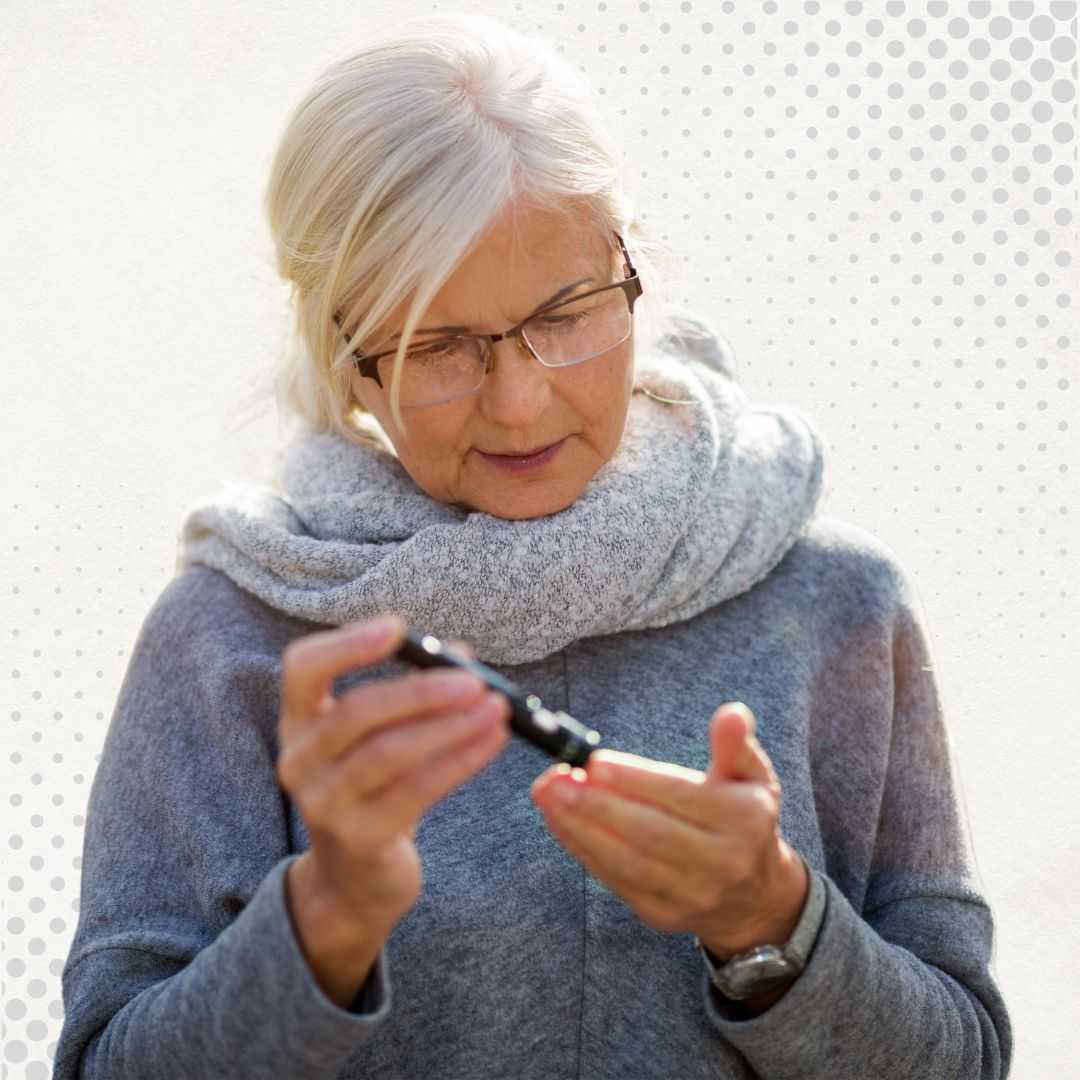


.jpg)
.jpg)

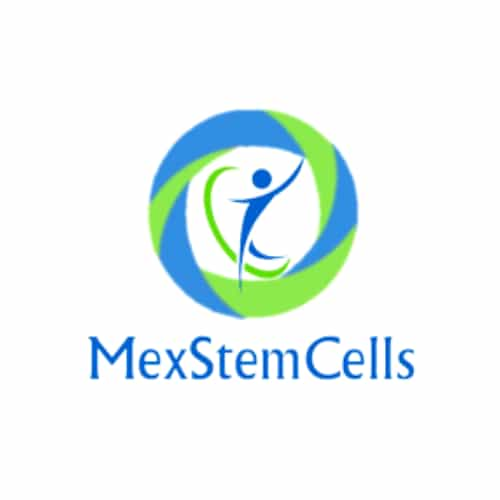
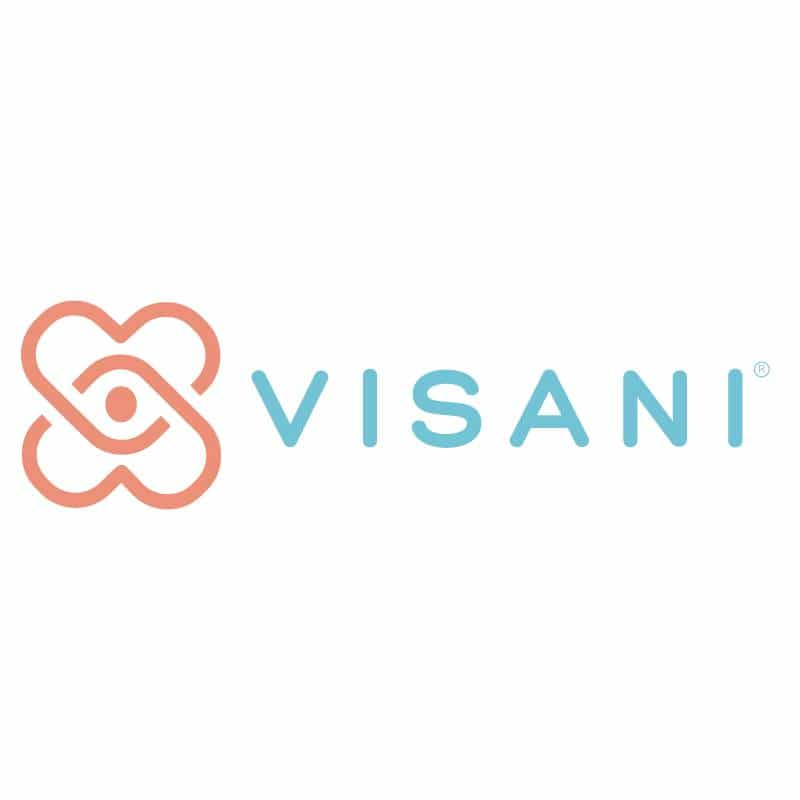

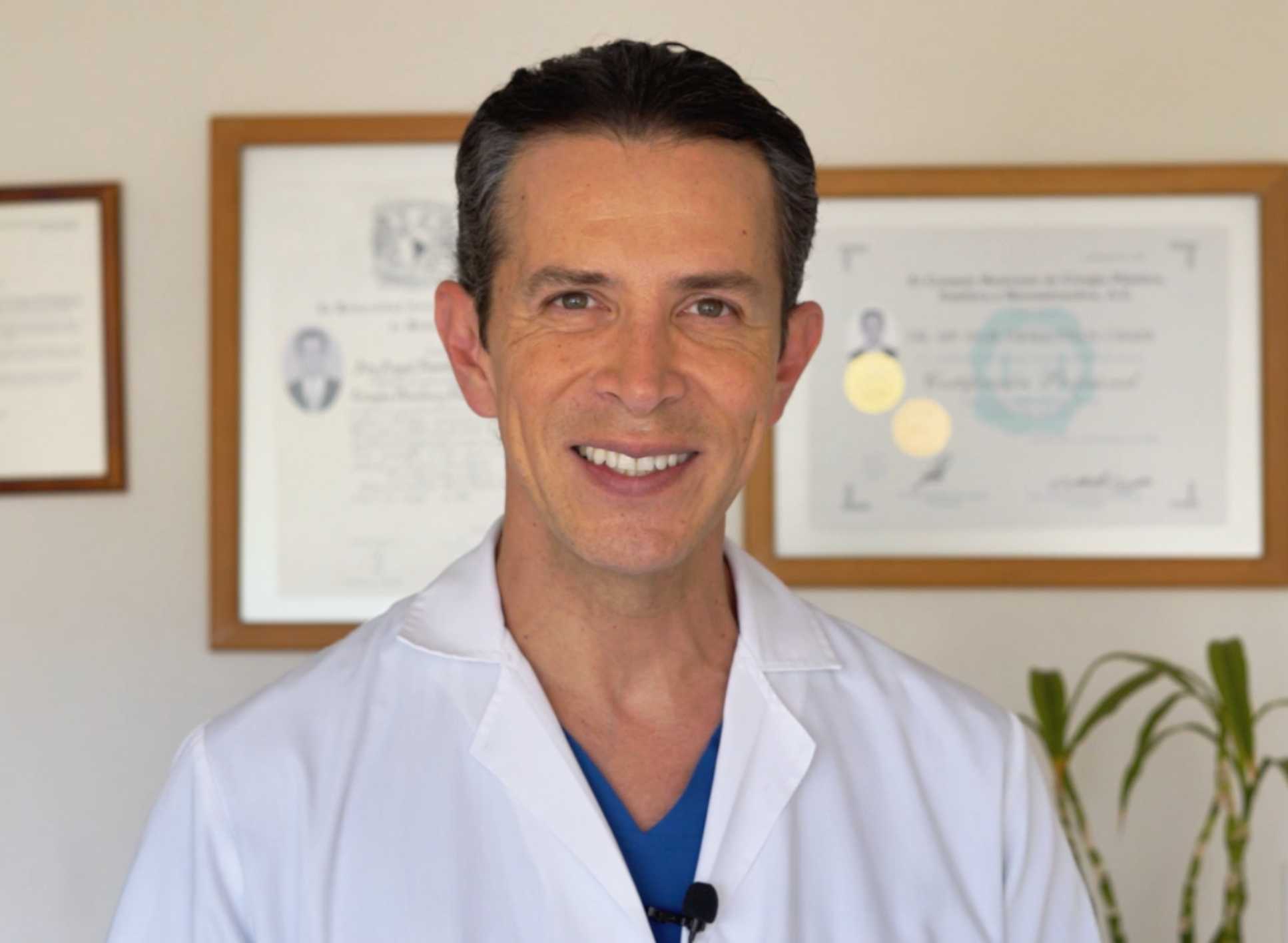
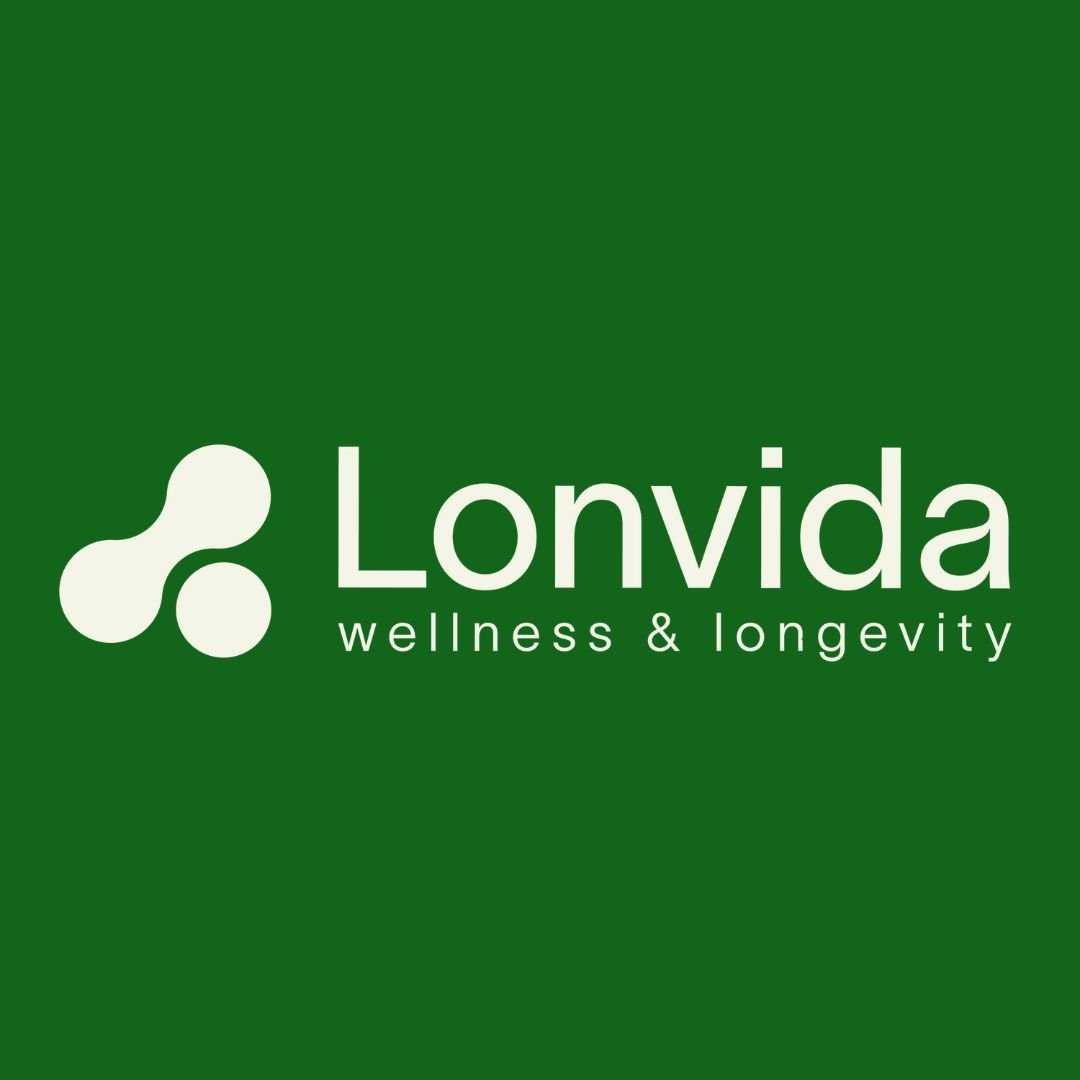

Share this listing